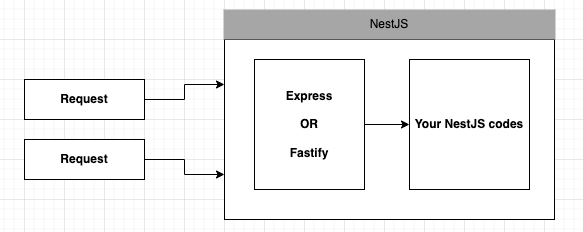ansa-fs
Introducing ansa-fs 2.0: Next-Generation File System Analysis Today, we're thrilled to announce the release of ansa-fs 2.0, a significant upgrade to our file system structure extraction and analysis tool. This new version brings powerful capabilities for developers working with complex codebases, documentation teams managing large projects, and system administrators needing detailed insights into directory structures. Why File System Analysis Matters In the world of modern software development, projects grow in complexity at an astounding rate. Understanding your file system structure isn't just about keeping things organized—it's about gaining visibility into your project's architecture, dependencies, and overall health. Traditional tools like ls or find only scratch the surface. ansa-fs dives deeper, giving you a comprehensive view of your file system with intelligent analysis capabilities that transform raw directory trees into actionable insights. What's New in ansa-fs 2.0 Enhanced Content Analysis One of the most significant improvements in version 2.0 is our advanced content analysis system. Now, ansa-fs can: Detect programming languages automatically across your entire codebase Measure code complexity with industry-standard metrics Map dependencies between files and visualize the relationships Analyze trends in your codebase composition and complexity over time These features give you unprecedented visibility into what's actually in your files, not just where they're located. Smart Directory Comparison Tracking changes across directory structures is now more intelligent than ever: Content-aware diffing that understands code, not just text Detailed change reports that summarize what's been added, removed, or modified Visual diffs that highlight changes in an intuitive format Change tracking across branches or deployment environments This makes ansa-fs an essential tool for release management, code reviews, and maintaining consistency across multiple environments. Rich Documentation Export With ansa-fs 2.0, you can transform your directory structure into comprehensive documentation: Markdown export with customizable templates Interactive HTML documentation with filterable views Integration with existing documentation frameworks Automatic updates when your codebase changes This bridges the gap between code and documentation, ensuring your project structure is always well-documented and up-to-date. Real-World Use Cases For Development Teams Java developer Maria uses ansa-fs to understand the architecture of a legacy monolith her team has inherited: "We were drowning in a sea of undocumented code. With ansa-fs, we mapped the entire structure, identified orphaned modules, and created a visualization of dependencies that helped us plan our modernization strategy." For Documentation Teams Technical writer Alex maintains documentation for a complex system: "Keeping our documentation synchronized with the actual codebase was nearly impossible. Now ansa-fs automatically generates the structure documentation and flags when changes happen, so our docs stay current with minimal effort." For DevOps Engineers DevOps engineer Jordan compares environments to ensure consistency: "We use ansa-fs to compare our staging and production environments. It immediately alerts us if files are out of sync or if configurations differ, preventing deployment surprises." Getting Started Getting started with ansa-fs 2.0 is straightforward. Install it globally for CLI usage: npm install -g ansa-fs Or add it to your project for programmatic usage: npm install --save ansa-fs Basic usage is simple: import { extractStructure } from 'ansa-fs'; async function analyze() { const structure = await extractStructure('./my-project'); console.log(structure); // Process the structure } The Road Ahead With ansa-fs 2.0 now available, we're already looking toward future enhancements: Integration with CI/CD pipelines for automated structure validation Plugin ecosystem for specialized file analyzers Interactive visualization tools for exploring complex structures Machine learning insights to identify code smells and architecture anti-patterns Join the Community ansa-fs is an open-source project that thrives on community contributions. We invite you to: Star our GitHub repository Join our Discord community for discussions and support Follow us on Twitter for updates Submit issues or pull requests to help improve the tool Conclusion ansa-fs 2.0 represents a significant step forward in file system analysis tools, bringing intelligence and depth to what was once a simple utility function. Whether you're managing a complex monolith, documenting a microservice architecture, or ensuring consistency across environments, a
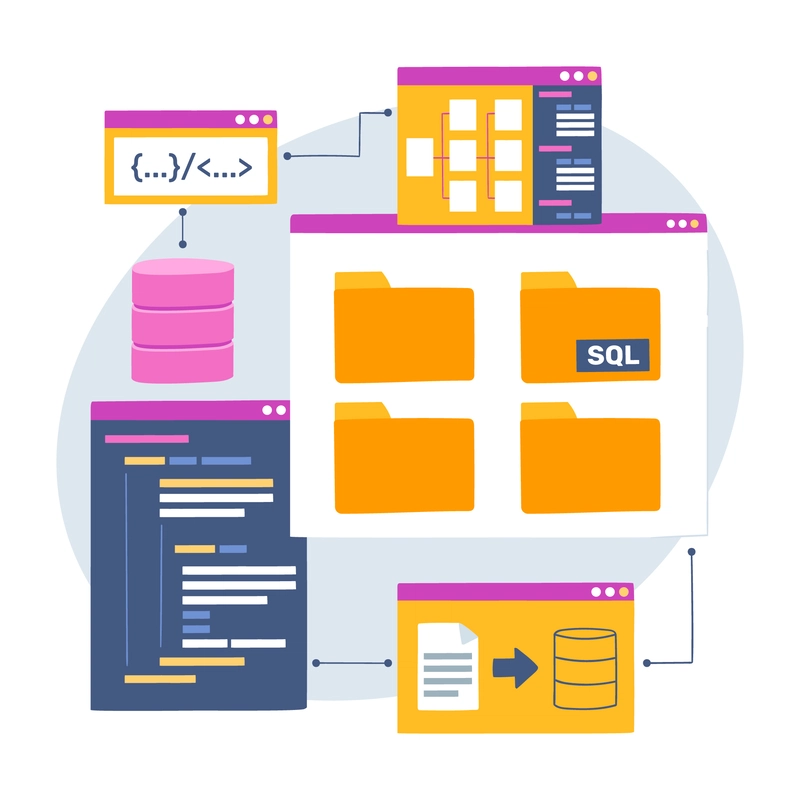
Introducing ansa-fs 2.0: Next-Generation File System Analysis
Today, we're thrilled to announce the release of ansa-fs 2.0, a significant upgrade to our file system structure extraction and analysis tool. This new version brings powerful capabilities for developers working with complex codebases, documentation teams managing large projects, and system administrators needing detailed insights into directory structures.
Why File System Analysis Matters
In the world of modern software development, projects grow in complexity at an astounding rate. Understanding your file system structure isn't just about keeping things organized—it's about gaining visibility into your project's architecture, dependencies, and overall health.
Traditional tools like ls or find only scratch the surface. ansa-fs dives deeper, giving you a comprehensive view of your file system with intelligent analysis capabilities that transform raw directory trees into actionable insights.
What's New in ansa-fs 2.0
Enhanced Content Analysis
One of the most significant improvements in version 2.0 is our advanced content analysis system. Now, ansa-fs can:
- Detect programming languages automatically across your entire codebase
- Measure code complexity with industry-standard metrics
- Map dependencies between files and visualize the relationships
- Analyze trends in your codebase composition and complexity over time
These features give you unprecedented visibility into what's actually in your files, not just where they're located.
Smart Directory Comparison
Tracking changes across directory structures is now more intelligent than ever:
- Content-aware diffing that understands code, not just text
- Detailed change reports that summarize what's been added, removed, or modified
- Visual diffs that highlight changes in an intuitive format
- Change tracking across branches or deployment environments
This makes ansa-fs an essential tool for release management, code reviews, and maintaining consistency across multiple environments.
Rich Documentation Export
With ansa-fs 2.0, you can transform your directory structure into comprehensive documentation:
- Markdown export with customizable templates
- Interactive HTML documentation with filterable views
- Integration with existing documentation frameworks
- Automatic updates when your codebase changes
This bridges the gap between code and documentation, ensuring your project structure is always well-documented and up-to-date.
Real-World Use Cases
For Development Teams
Java developer Maria uses ansa-fs to understand the architecture of a legacy monolith her team has inherited:
"We were drowning in a sea of undocumented code. With ansa-fs, we mapped the entire structure, identified orphaned modules, and created a visualization of dependencies that helped us plan our modernization strategy."
For Documentation Teams
Technical writer Alex maintains documentation for a complex system:
"Keeping our documentation synchronized with the actual codebase was nearly impossible. Now ansa-fs automatically generates the structure documentation and flags when changes happen, so our docs stay current with minimal effort."
For DevOps Engineers
DevOps engineer Jordan compares environments to ensure consistency:
"We use ansa-fs to compare our staging and production environments. It immediately alerts us if files are out of sync or if configurations differ, preventing deployment surprises."
Getting Started
Getting started with ansa-fs 2.0 is straightforward. Install it globally for CLI usage:
npm install -g ansa-fs
Or add it to your project for programmatic usage:
npm install --save ansa-fs
Basic usage is simple:
import { extractStructure } from 'ansa-fs';
async function analyze() {
const structure = await extractStructure('./my-project');
console.log(structure);
// Process the structure
}
The Road Ahead
With ansa-fs 2.0 now available, we're already looking toward future enhancements:
- Integration with CI/CD pipelines for automated structure validation
- Plugin ecosystem for specialized file analyzers
- Interactive visualization tools for exploring complex structures
- Machine learning insights to identify code smells and architecture anti-patterns
Join the Community
ansa-fs is an open-source project that thrives on community contributions. We invite you to:
- Star our GitHub repository
- Join our Discord community for discussions and support
- Follow us on Twitter for updates
- Submit issues or pull requests to help improve the tool
Conclusion
ansa-fs 2.0 represents a significant step forward in file system analysis tools, bringing intelligence and depth to what was once a simple utility function. Whether you're managing a complex monolith, documenting a microservice architecture, or ensuring consistency across environments, ansa-fs provides the insights you need to understand and control your file system structure.
We're excited to see how developers worldwide will leverage these new capabilities to build better, more maintainable software.
Download ansa-fs 2.0 today and experience the next generation of file system analysis.















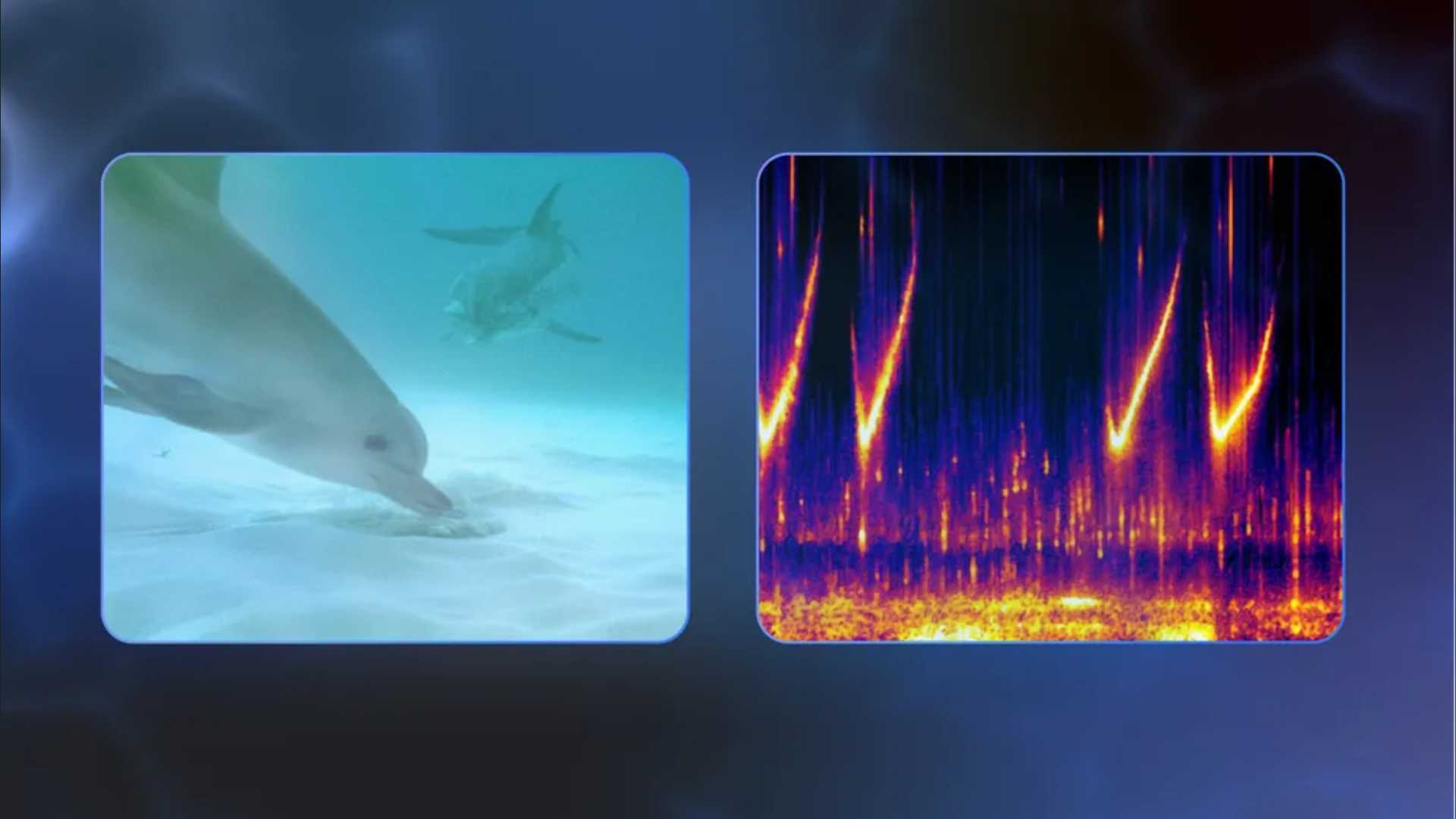











































































































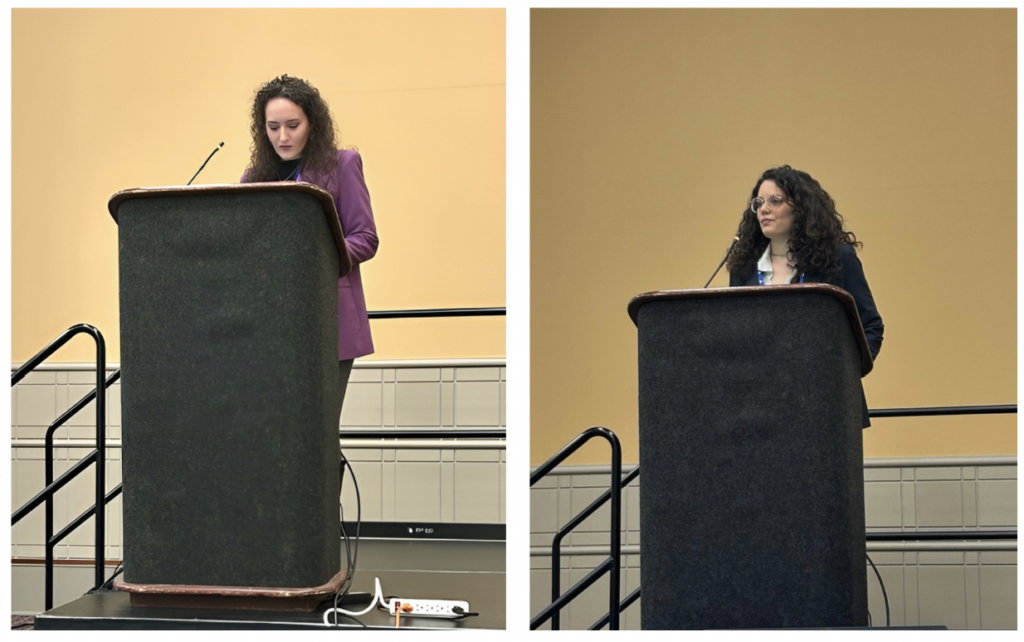














































![[The AI Show Episode 144]: ChatGPT’s New Memory, Shopify CEO’s Leaked “AI First” Memo, Google Cloud Next Releases, o3 and o4-mini Coming Soon & Llama 4’s Rocky Launch](https://www.marketingaiinstitute.com/hubfs/ep%20144%20cover.png)














































































































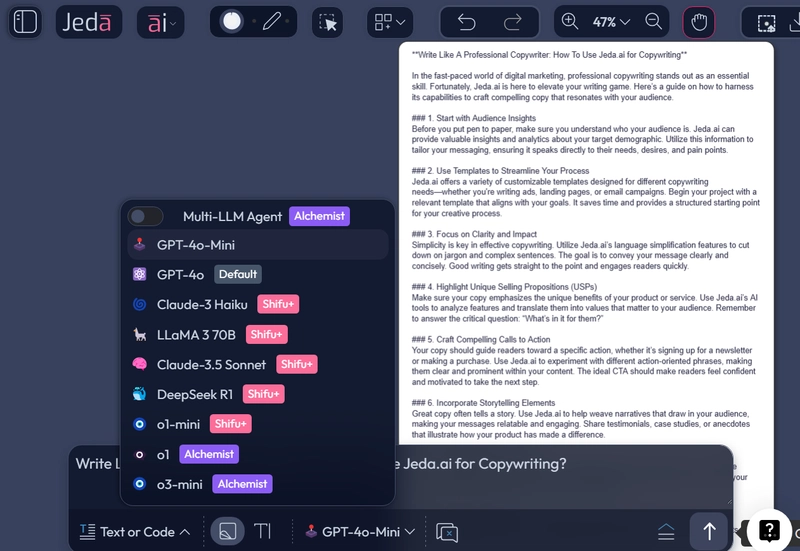
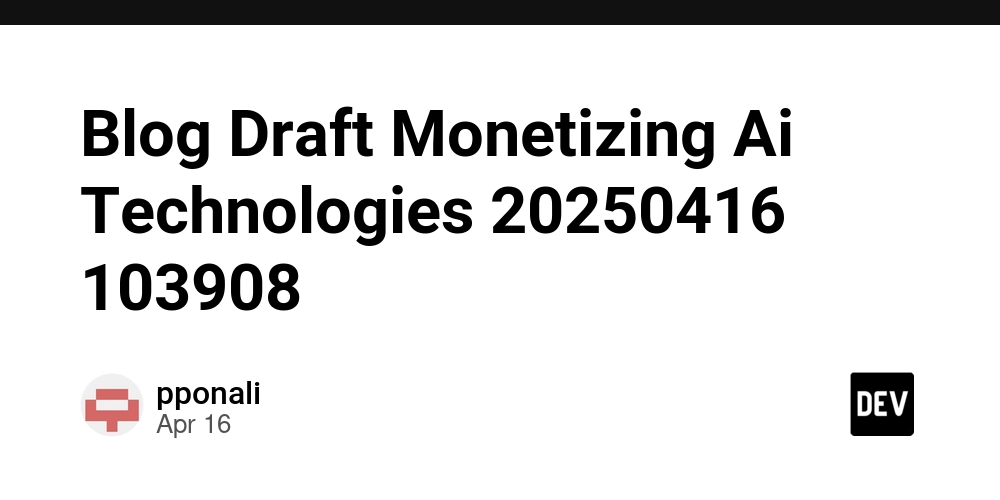
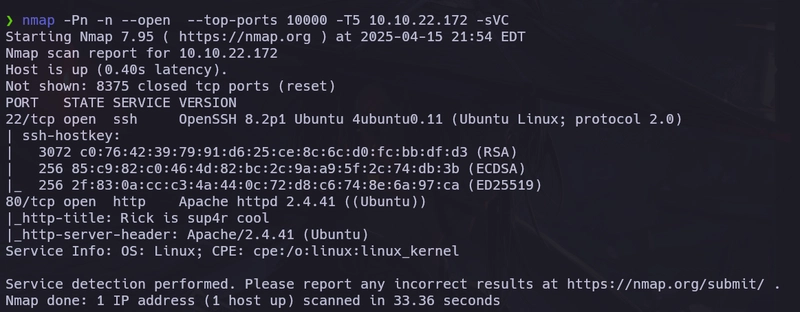































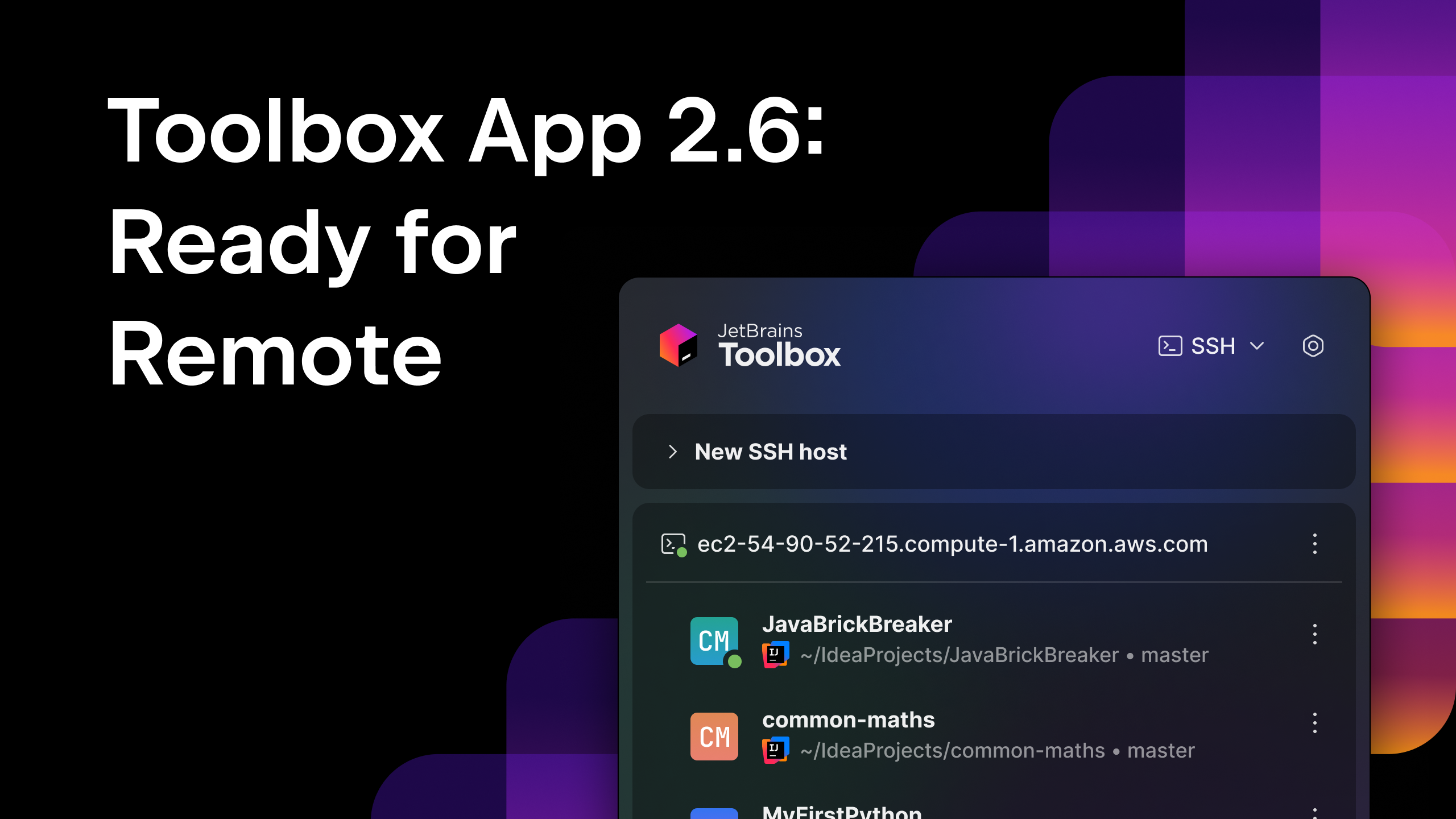





















































![Blue Archive tier list [April 2025]](https://media.pocketgamer.com/artwork/na-33404-1636469504/blue-archive-screenshot-2.jpg?#)
































.png?#)









-Baldur’s-Gate-3-The-Final-Patch---An-Animated-Short-00-03-43.png?width=1920&height=1920&fit=bounds&quality=70&format=jpg&auto=webp#)




































































































































![Apple to Split Enterprise and Western Europe Roles as VP Exits [Report]](https://www.iclarified.com/images/news/97032/97032/97032-640.jpg)
![Nanoleaf Announces New Pegboard Desk Dock With Dual-Sided Lighting [Video]](https://www.iclarified.com/images/news/97030/97030/97030-640.jpg)

![Apple's Foldable iPhone May Cost Between $2100 and $2300 [Rumor]](https://www.iclarified.com/images/news/97028/97028/97028-640.jpg)





































































































































